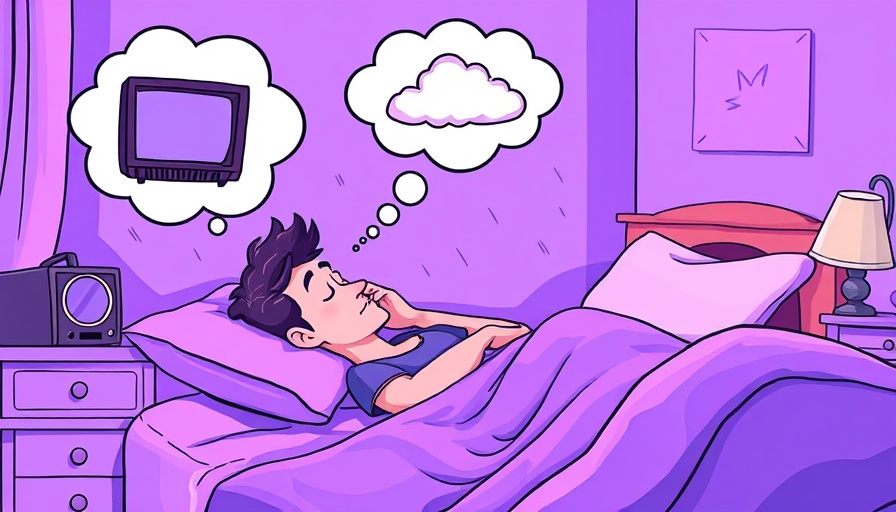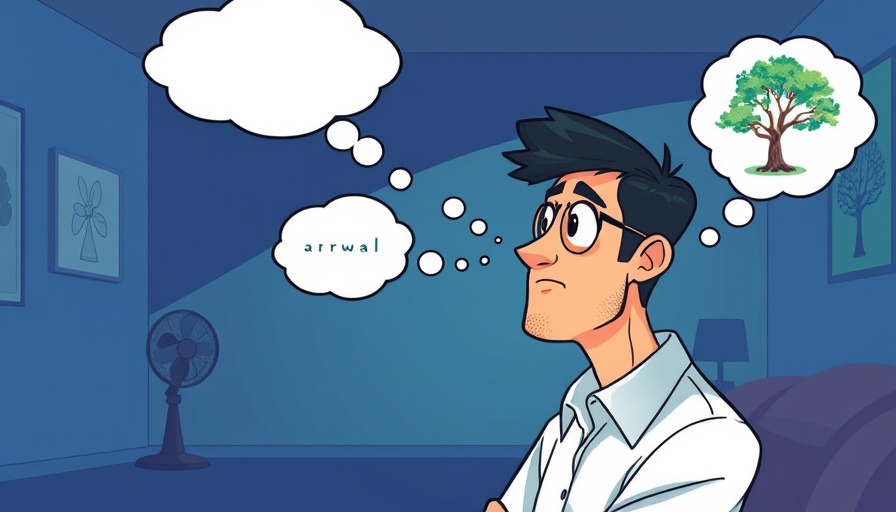
Discovering the Sounds of Sleep: Pink Noise vs. White Noise
Struggling to drift off to sleep? You’re not alone. Millions of people face sleepless nights and restlessness, searching for effective ways to improve their sleep quality. Among the myriad of methods, the use of ambient sounds like pink noise and white noise has gained traction for their potential to aid in relaxation and enhance sleep. But how do these sounds differ, and what makes one more effective than the other?
What is Pink Noise?
Pink noise is characterized by its even power distribution across octaves, meaning that lower frequencies have more powerful sounds than higher frequencies. This type of noise produces a deeper, richer sound, akin to the comforting sound of a steady rainfall or rustling leaves. Due to its distribution, pink noise can enhance relaxation by masking disruptive background noises, allowing you to ease into sleep more naturally.
The Sleep Benefits of Pink Noise
Research suggests that pink noise can significantly improve sleep quality. Studies indicate that listening to pink noise while sleeping might promote deeper sleep phases, also known as slow-wave sleep. Enhanced slow-wave activity is essential for restoring energy and consolidating memories, making pink noise a valuable ally for those seeking restful sleep. Furthermore, a recent study highlighted that pink noise can increase sleep spindles, a type of brain wave that indicates restful sleep, thus potentially leading to a more restorative nightly rest.
What is White Noise?
In contrast, white noise encompasses all audible frequencies played at equal intensity. Think of the sound of static from a television or radio. Many people find white noise beneficial for drowning out background disturbances, which can be crucial for restful sleep, particularly in environments with unpredictable noise levels.
How White Noise Promotes Better Sleep
White noise can significantly reduce the effects of disruptive external sounds, creating a stable auditory environment. This consistency can be particularly beneficial for individuals who live in noisy areas or share their bedroom with a partner who snores. As an added benefit, many people with tinnitus find relief through white noise, as it can mask the ringing sounds they often hear.
Pink Noise vs. White Noise: Understanding the Key Differences
When choosing between pink noise and white noise for sleep, consider a few critical differences:
- Sound Profile: Pink noise features a richer sound due to its lower frequencies overpowering the higher ones, while white noise provides a uniform sound.
- Effects on Sleep: Pink noise may enhance sleep depth and memory consolidation, whereas white noise primarily helps mask disruptive sounds.
- Preference: Individuals may respond differently to each noise type based on their personal comfort; some may find the softer tones of pink noise more soothing, while others might prefer the consistent hum of white noise.
Choosing the Right Noise for You
The choice between pink noise and white noise often comes down to personal preference and specific sleep needs. If you’re looking to enhance deep sleep and memory function, pink noise might be the way to go. On the other hand, if you need to block out unwanted noise or have issues with tinnitus, white noise could be more effective. Experimenting with both sounds in your sleep environment may help you discover which one resonates best with your sleep routine.
Popular Sounds for Sleep: What Works for You?
Ultimately, the best choice may also include exploring additional ambient sounds like brown noise, soothing nature sounds, or even specific playlists designed for sleep. Consider trying out different noises during your wind-down routine to see which helps you relax and drift off most comfortably.
Conclusion: Making the Right Sleep Choice
In conclusion, both pink noise and white noise offer distinct benefits, and the right choice largely depends on your individual sleep challenges and preferences. As you evaluate which might help improve your sleep, remember to consider environmental factors and the potential impact on your overall sleep quality.
Sleep is essential for physical and mental health, so finding the right soundscape could be a game-changer in achieving those much-needed zzzs. Don't hesitate to test out both noise types and commit to a solution that best suits your sleeping habits, paving the way for better rest and well-being.
 Add Row
Add Row  Add
Add 




 Add Row
Add Row  Add
Add 


Write A Comment